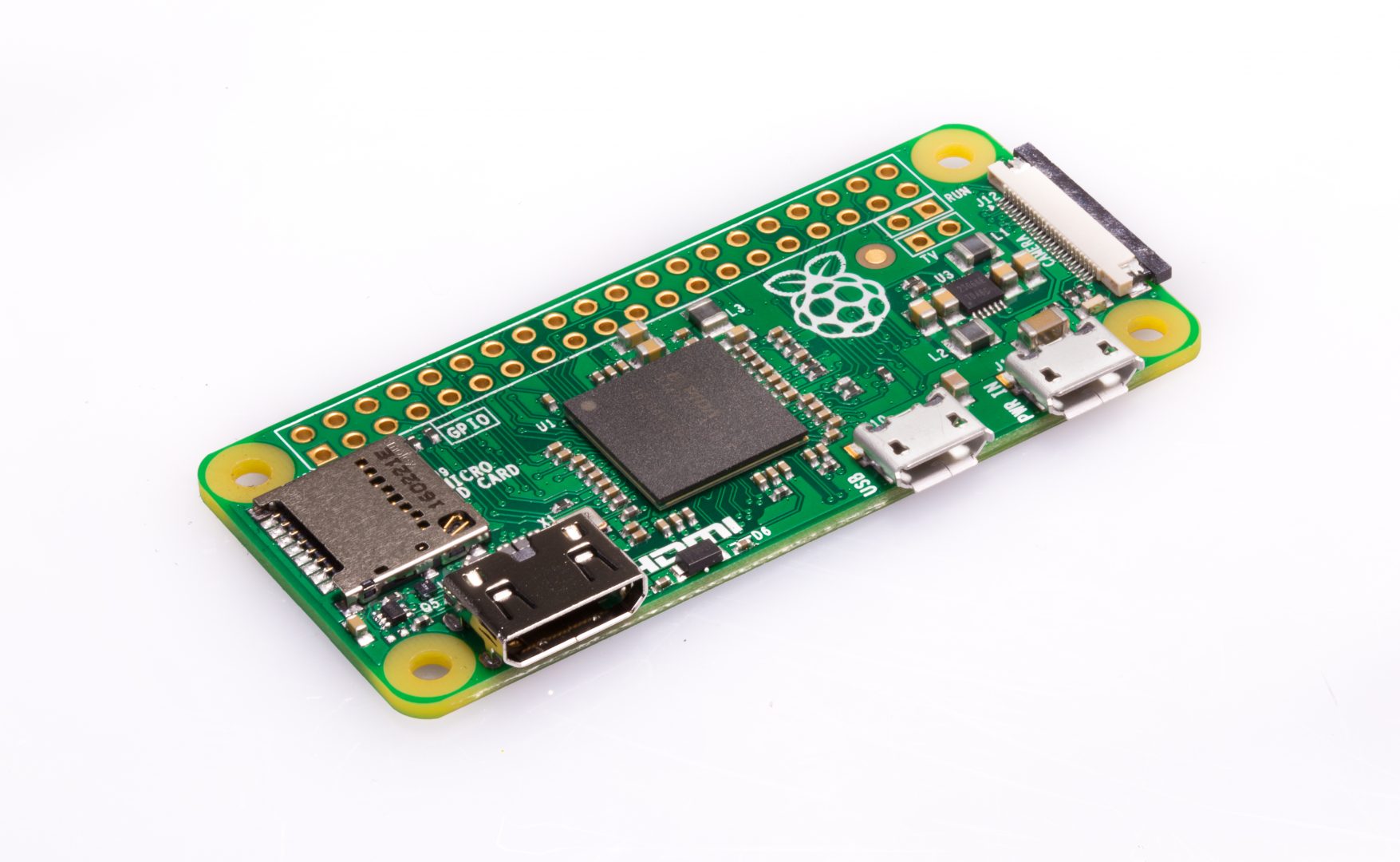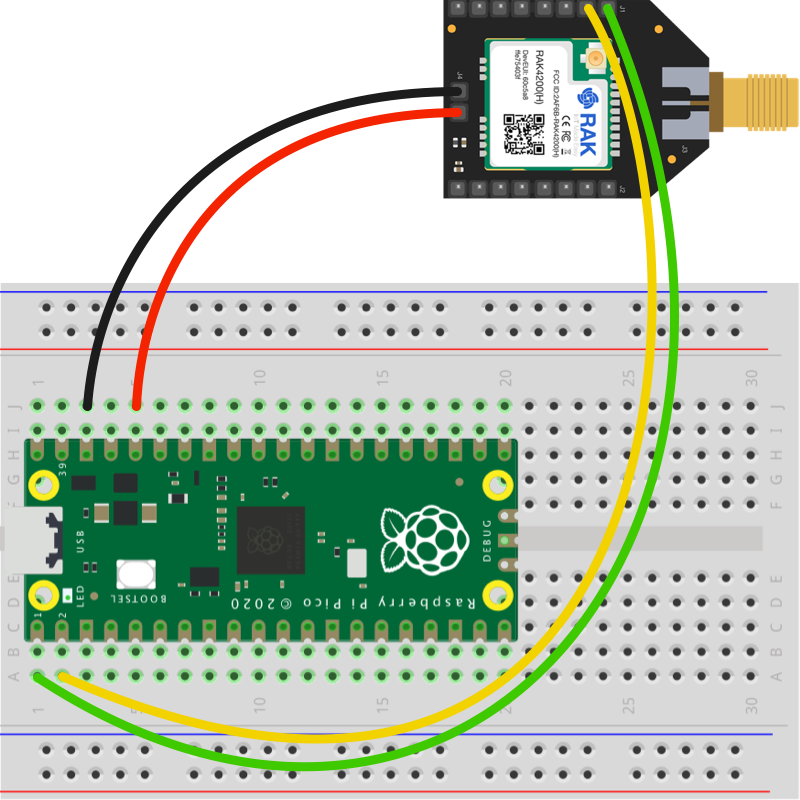Isn't it remarkable how we can now command and control machines and devices from anywhere in the world? Remote access, facilitated by secure connections and robust software, is no longer a futuristic fantasy but a practical reality, transforming how we interact with technology and the Internet of Things (IoT).
The rise of the Internet of Things (IoT) has dramatically altered the technological landscape, introducing a plethora of connected devices into our homes, businesses, and cities. These devices, from smart appliances to industrial sensors, generate vast amounts of data and perform various functions. However, the true potential of IoT is unlocked when these devices can be securely accessed, managed, and monitored remotely. This is where solutions like RemoteIoT and the Raspberry Pi come into play, creating a powerful synergy that empowers users to harness the full capabilities of their connected devices from anywhere in the world.
The heart of RemoteIoT's functionality lies in its ability to establish secure connections. The platform employs encryption, particularly via SSH tunneling, to ensure that all network traffic remains confidential. This is of paramount importance in the IoT landscape, as it safeguards sensitive data from unauthorized access. The platform ensures that even the RemoteIoT service itself cannot decipher the information traversing the tunnel. This commitment to privacy and security is a critical aspect of the platform's appeal, building trust and enabling users to confidently manage their devices without compromising their data's integrity.
The Raspberry Pi, a compact and versatile single-board computer, has emerged as a cornerstone of the IoT revolution. Its affordability, flexibility, and ease of use have made it a favorite among hobbyists, educators, and businesses alike. The Raspberry Pi Foundation, in a recent survey, found that over 70% of its users are utilizing their Pi for IoT projects. This statistic underscores the growing importance of remote access in the IoT ecosystem, as users seek to control and monitor their devices from a distance.
With the Raspberry Pi, users can create a wide variety of IoT applications, from home automation systems to environmental monitoring devices. However, the true potential of the Raspberry Pi is unlocked when it can be accessed remotely. The RemoteIoT application is purpose-built to make this process straightforward. By downloading and installing the RemoteIoT app on their Raspberry Pi, users can effortlessly manage their projects from anywhere with an internet connection. The app facilitates secure remote connections, allowing users to monitor data, send commands, and even control their devices' physical actions.
Enabling SSH on the Raspberry Pi is a foundational step in establishing a remote connection. This can be accomplished through the Raspberry Pi configuration tool or by modifying the boot configuration file. Once SSH is enabled, users can use an SSH client, such as PuTTY on Windows or the Terminal on macOS/Linux, to establish a secure connection to their Raspberry Pi. This remote access allows for command-line control, file transfers, and other essential administrative tasks. Furthermore, RemoteIoT's capabilities extend beyond simple command-line access. Users can also leverage VNC (Virtual Network Computing) to gain a graphical interface, allowing them to interact with the Raspberry Pi's desktop environment from anywhere.
Remote access is no longer a luxury but a necessity for efficient IoT project management. It streamlines the development process, enabling developers to test and debug their applications remotely without being physically present. Remote access allows businesses to monitor and control their devices across geographically dispersed locations, facilitating streamlined operations and rapid responses to any issues. For individual enthusiasts, it offers the flexibility to monitor their home automation systems while traveling or remotely manage their smart garden while at work.
The integration of cloud platforms, such as SocketXP, further enhances the capabilities of remote device management. SocketXP's cloud-based IoT device management platform can readily scale to accommodate massive deployments, supporting tens of thousands or even hundreds of thousands of devices. This scalability is crucial for businesses that are scaling up their IoT solutions and need a reliable and efficient platform to manage their growing device fleets. SocketXP's gateway application allows devices to securely connect through NAT routers and firewalls, simplifying the setup process and broadening the scope of accessible devices.
The UWP (Universal Windows Platform) app compatibility on Raspberry Pi showcases its versatility. The potential is evident by using applications not specifically designed for the Raspberry Pi, like those from the UWP community toolkit, which definitely is worth checking out. Users can run these applications on a Windows 10 PC, tablet, or phone and directly control and view apps running on the Raspberry Pi, thanks to the IoT remote client.
When downloading the Raspberry Pi RemoteIoT app, it is important to follow a few straightforward steps to ensure a smooth installation. Users should start by visiting the official RemoteIoT website or the relevant app store. From there, they can easily locate the Raspberry Pi RemoteIoT app and download it. The installation process is usually self-explanatory, but users are encouraged to follow any on-screen instructions carefully. By following these steps, users can quickly set up their RemoteIoT environment and begin managing their Raspberry Pi-based IoT projects.
The design of health care monitoring systems using Arduino and Raspberry Pi showcases the versatility of IoT. These systems allow continuous monitoring of vital parameters, such as heart rate, body temperature, and heart rhythm, providing valuable insights into a patient's health. This is a powerful example of how IoT can be applied to enhance healthcare and improve patient outcomes. As the technology matures and the cost of components decreases, the adoption of these systems will increase. The potential of such a system is to provide remote monitoring to elderly patients or those who live in remote areas.
For those looking to develop web applications that run on their Raspberry Pi and are accessible remotely, certain considerations are essential. It is generally recommended that development takes place on a dedicated development computer. This allows for efficient debugging and simplifies the deployment process. When debugging locally, it's critical to prioritize security and protect the device from direct exposure to the internet. Reverse proxies and SSH tunneling can be instrumental in providing secure remote access. They act as an intermediary, shielding the Raspberry Pi from direct exposure while allowing authorized users to connect securely. These practices are pivotal in safeguarding the device and its associated data from potential threats.
The Raspberry Pi plays a key role as an RDP server, and an RDP client is necessary to connect to it. Windows users can utilize the Remote Desktop Connection application, while macOS users can use Microsoft Remote Desktop. By entering the correct URL:port, users can establish a connection to their Raspberry Pi's desktop and start to interact with its graphical interface. This adds another layer of flexibility, making it possible to not only control the device via command line but also to use the desktop environment for more complex operations.
For mobile applications that are used to control Raspberry Pis, it is essential to download them only from trusted sources like official app stores. This measure helps to prevent the installation of malicious software. By adhering to this practice, users can be assured that their devices are not exposed to unauthorized threats. The Windows IoT Core Watcher app, which is often installed when setting up Windows 10 IoT Core for Raspberry Pi, presents a user-friendly interface for managing devices. It provides a list of connected Raspberry Pis, and streamlines the process of connecting hardware devices and controlling them remotely using a mobile app. Such applications are incredibly useful for monitoring hardware devices remotely.
The advantages of remote access are multifaceted and contribute to better overall efficiency, convenience, and enhanced security:
- Efficient Management: IoT devices can be easily managed without physical access.
- Cost Reduction: Remote access reduces the need for on-site visits, cutting down on travel expenses and time.
- Rapid Response: Immediate responses to alerts and system problems can prevent potential failures.
- Enhanced Security: Improved monitoring helps maintain system integrity, mitigating risks.


